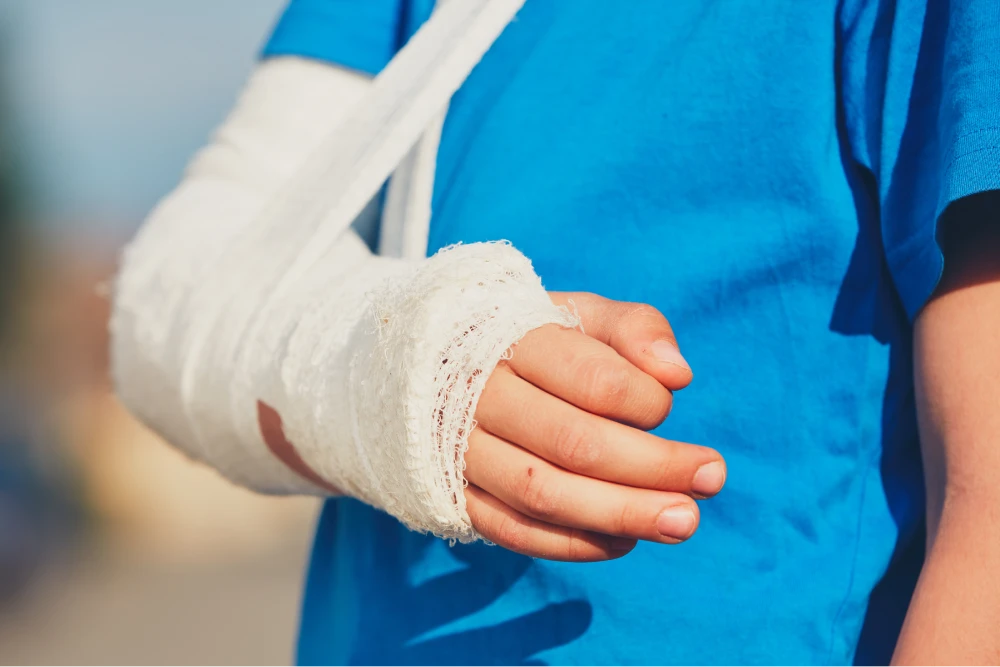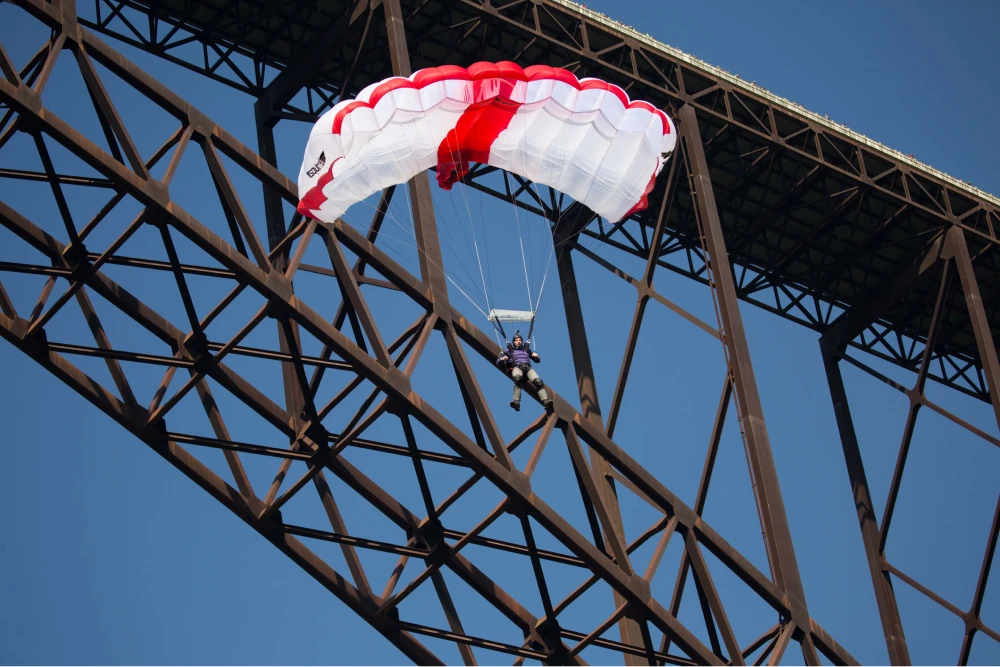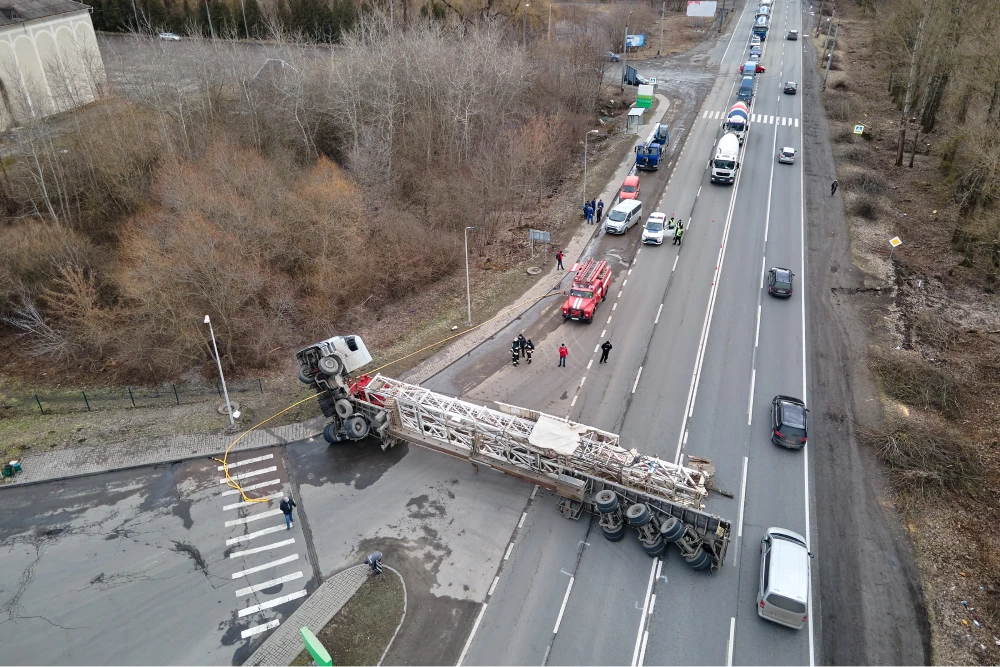
Broken Bones in Accidents: A Texas & Louisiana Guide to Recovery
As a personal injury lawyer for almost 30 years in Texas and Louisiana, I’ve seen firsthand the devastating and long-lasting impact broken bones can have on accident victims. From car crashes to slip and falls, these injuries are painful, disruptive, and can lead to significant financial burdens. In this article,












